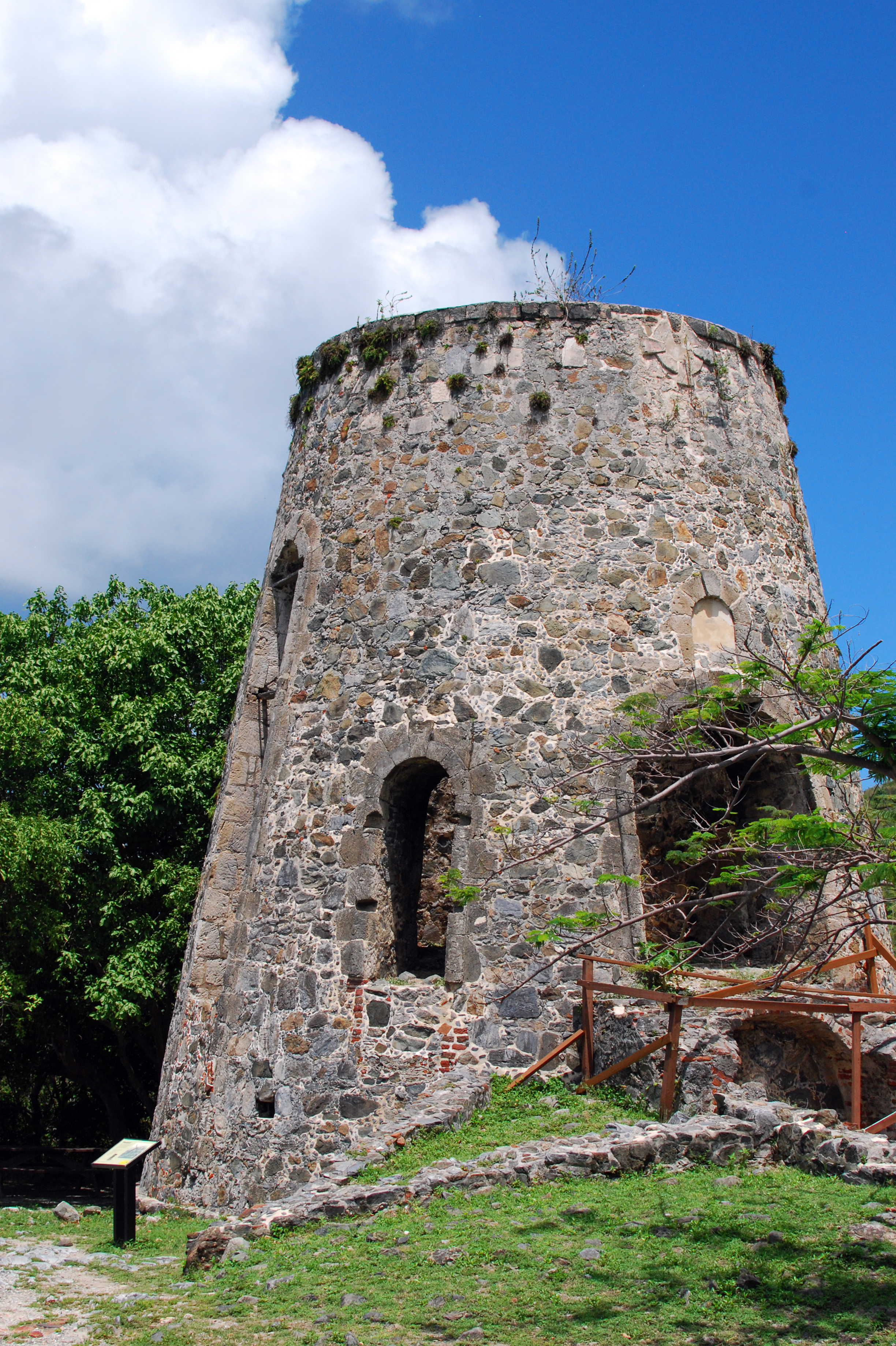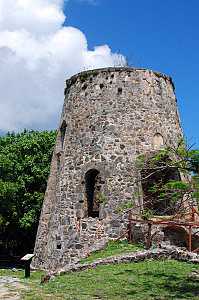
Romantic St. John: History tells why.
Sure St. John is known for its pristine beaches and incredibly St. John romantic villas, but history is everywhere here and part of the romantic ambiance that keeps people coming back year after year. History is so much a part of St. John that we as residents who see it everyday forget just how cool it really is.
The first inhabitants of the Virgin Islands were the Arawak Indians–descendants of coastal Indians from what is now Venezuela and Guyana who were forced out of that area by more aggressive tribes. They island hopped up the Antillean chain until they reached the Virgin Islands sometime around 300 AD. The Arawaks lived peacefully here, fishing and farming, until the fierce and cannibalistic Carib Indians moved into the area about 100 years before the arrival of Columbus. You can actually see ongoing archaeological excavations of these early peoples at the same beaches in which you enjoy your beach vacation.
Later, in 1585, five years after the end of his famous circumnavigation, Sir Francis Drake was in the Caribbean, once again in search of gold laden Spanish ships. Legend has it that he had a lookout from the island of St. Thomas (Drakes seat, where the view continues well to the east, into what is now the British Virgin Islands); and, that he organized his privateering flotilla in Coral Bay, St. John
St. Thomas was settled in 1672 by agents of the Danish West India and Guinea company, but Denmark did not officially take possession of the Virgin Islands until 1754. Until 1733, St. Croix was a French possession. Because of its excellent harbor and the Dane’s willingness to trade with them, Charlotte Amalie in St. Thomas was home to, or visited by many pirates, famous and infamous. The most legendary was Blackbeard, a.k.a. Edward Teach.
In September of 1733, after a summer of drought, an insect plague, two hurricanes, and the adoption of a severe and inhumane slave code, the slaves on St. John rebelled and took control of the island for six months until French troops arrived from Martinique to put down the rebellion. Rather than being captured, which would have meant death by torture, many of the rebels committed suicide at Ram’s Head. According to legend, 300 slaves jumped to their deaths from the cliffs.
Now two-thirds National Park, St. John preserves history for you to enjoy every year–and you’ll never get enough of it.


